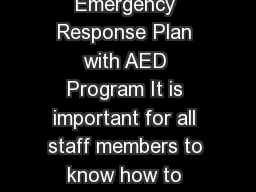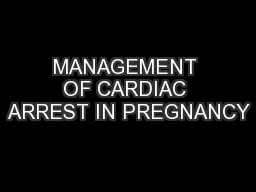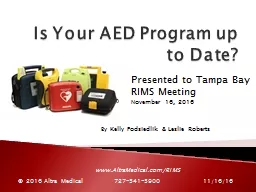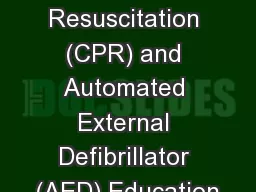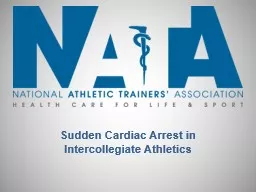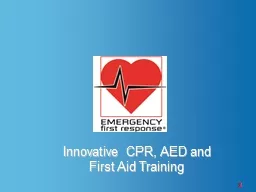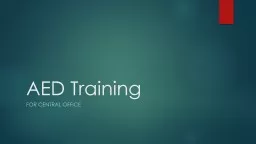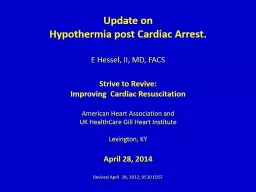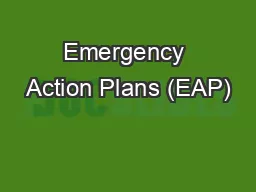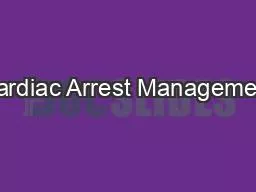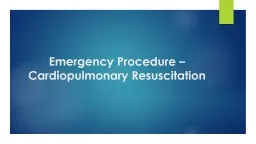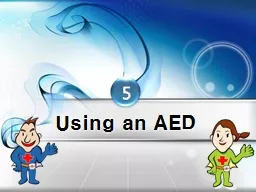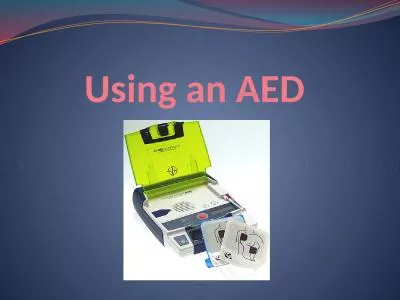PDF-Preventing Sudden Cardiac Death in Your Schools Medical Emergency Response Plan with AED
Author : pamella-moone | Published Date : 2014-12-06
Facts About Sudden Cardiac Arrest in the Young Each year in the United States 350000 Americans die suddenly and unexpectedly due to cardiac arrhythmias 3976 of them
Presentation Embed Code
Download Presentation
Download Presentation The PPT/PDF document "Preventing Sudden Cardiac Death in Your ..." is the property of its rightful owner. Permission is granted to download and print the materials on this website for personal, non-commercial use only, and to display it on your personal computer provided you do not modify the materials and that you retain all copyright notices contained in the materials. By downloading content from our website, you accept the terms of this agreement.
Preventing Sudden Cardiac Death in Your Schools Medical Emergency Response Plan with AED: Transcript
Download Rules Of Document
"Preventing Sudden Cardiac Death in Your Schools Medical Emergency Response Plan with AED"The content belongs to its owner. You may download and print it for personal use, without modification, and keep all copyright notices. By downloading, you agree to these terms.
Related Documents

